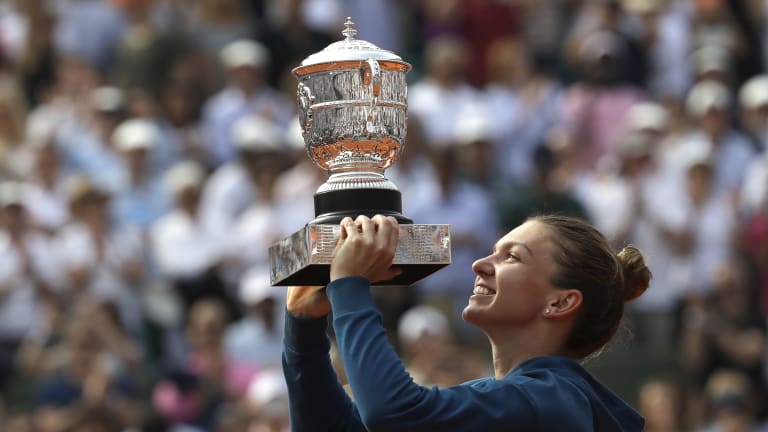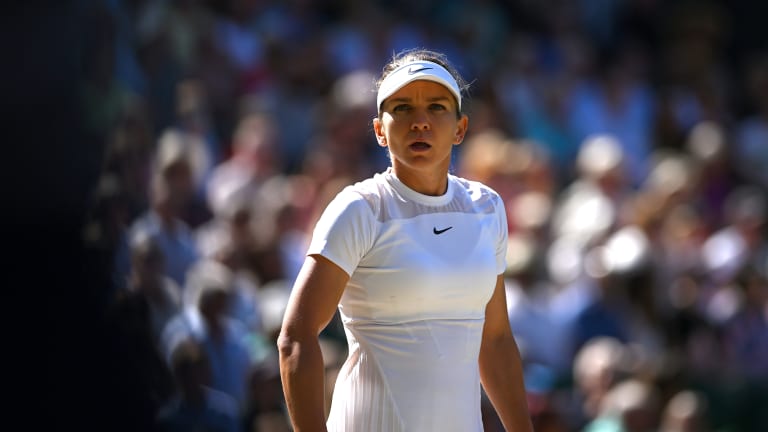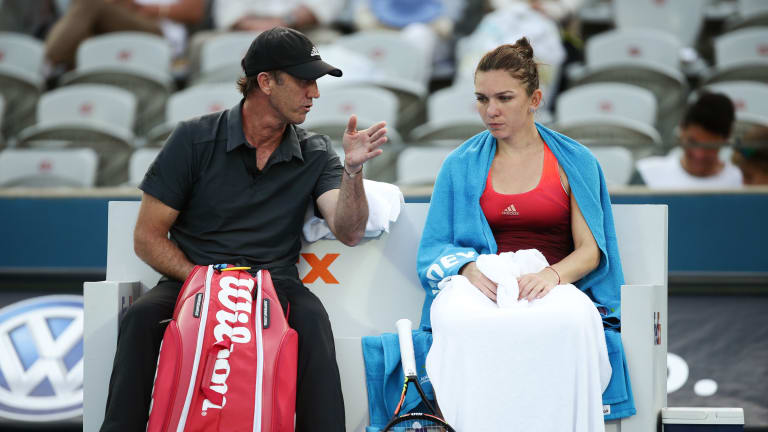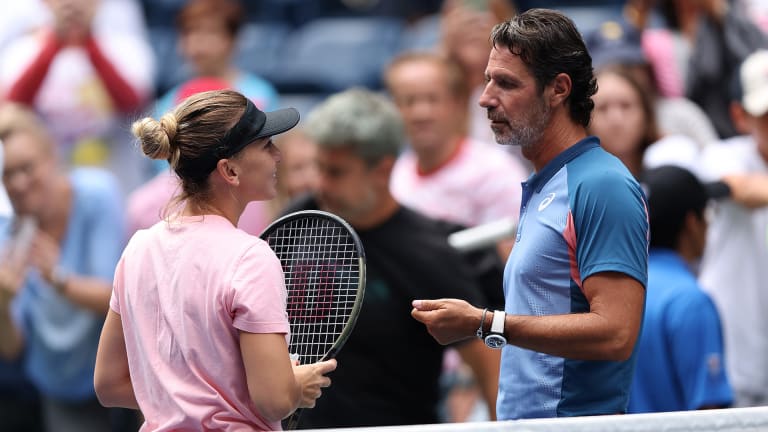Simona Halep, former No. 1 and two-time Grand Slam champion, retires from tennis
By Feb 04, 2025Social
Ana Bogdan says Simona Halep 'opened the doors' for every Romanian athlete
By Feb 05, 2025Winners Open
Simona Halep announces retirement from tennis after loss in Romania
By Feb 04, 2025Australian Open
Doping clouds tennis talk at the Australian Open with Jannik Sinner, Iga Swiatek facing scrutiny
By Jan 09, 2025Australian Open
Simona Halep withdraws from Auckland, Australian Open qualifying with knee and shoulder pain
By Dec 26, 20242024 Year in Review
Ten moments you'll never forget from the 2024 tennis season
By Dec 22, 2024Australian Open
Simona Halep, Cruz Hewitt given Australian Open qualifying wild cards
By Dec 18, 2024Anti-Doping & Corruption
Simona Halep says it's 'impossible ... to understand' how Iga Swiatek’s doping case was handled compared to her own
By Nov 29, 2024HONG KONG TENNIS OPEN
Struggles continue for Simona Halep in Hong Kong comeback following injuries, shortened doping suspension
By Oct 28, 2024WTA 125k Hong Kong, China
Simona Halep to return to action at WTA 125 event in Hong Kong
By Sep 29, 2024Simona Halep, former No. 1 and two-time Grand Slam champion, retires from tennis
The Romanian’s career was marred by a doping suspension, which she successfully appealed.
Published Feb 04, 2025
Advertising
Advertising

After losing her first three Grand Slam finals, all in three sets, Halep finally broke through at Roland Garros in 2018.
© AP
Advertising

Halep was once ranked inside the Top 10 of the WTA rankings for 373 successive weeks.
© 2022 Getty Images
Advertising

“She became her worst enemy quite often,” former coach Darren Cahill said of Simona Halep.
© 2016 Getty Images
Advertising

In a video Mouratoglou posted on Instagram, he took blame for providing a tainted substance to Halep.
© 2022 Getty Images